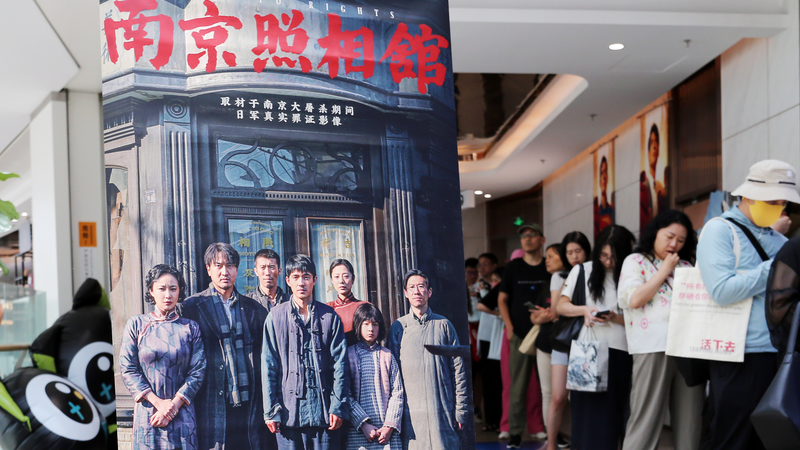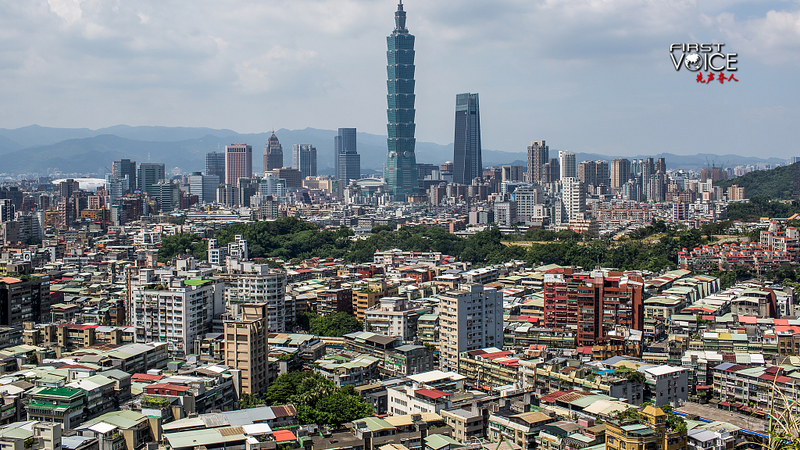Lights, camera, truth! 🎬 “Dead To Rights” has taken Chinese cinema by storm this year by tackling one of the darkest chapters in 20th century history: the 1937 Nanjing Massacre. But instead of sensational gore, the film uses one tiny space—the “Lucky Photo Studio”—to shine a light on courage, conscience, and the power of memory.
At the heart of the story is Luo Jin, a young apprentice who secretly duplicates the photographer’s negatives, capturing evidence of atrocities that would later convict General Hisao Tani. Through his lens (and a few strategic sneak-outs), we see how a simple act of preserving truth can become a form of resistance.
But it’s not just about one hero. Lin Yuxiu, a stage actor, goes from fawning over occupying forces to risking her life to stitch film negatives into her qipao. A Chang, a postman pretending to develop photos, transforms from a survival-first loner into someone willing to face death for justice. Even Old Jin, the studio owner, defiantly photographs clients against backdrops of China’s landmarks—a quiet stand for identity.
“Dead To Rights” also skips the usual black-and-white hero-villain tropes. Characters like Wang Guanghai, a Chinese translator for the Japanese army, and Ito, a Japanese photographer who feeds stray dogs, wrestle with their own moral choices. These gray areas remind us that history is driven by real people, not caricatures.
Visually, the film is packed with symbolism. The word “shoot” echoes in every frame—meaning both photography and gunfire—as shutter clicks are cut with rifle shots. Numbers like “1213” and “1937” sneak into set designs, nodding to Nanjing’s fall on December 13. And the darkroom’s red glow, where images emerge in chemical baths, feels like truth rising from a sea of blood.
Even sensitive scenes—like hints of sexual violence or the death of an infant—are handled with restraint. You sense the trauma through haunted glances and blurred images, trusting your emotions to fill in the blanks.
When the studio curtain finally drops to reveal panoramic views of China’s landscapes, and trapped civilians cry, “Not an inch of our land will be lost,” you feel both the weight of history and hope for the future. “Dead To Rights” isn’t about hating the past—it’s about remembering it, so peace has a chance to stick. ✌️
Reference(s):
cgtn.com




